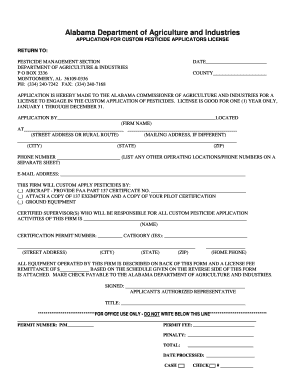

In addition to being a healthy, high protein, high carbohydrate food source for Native Americans, pecans also were portable and could be stored for up to a year in a cool dry place. Two handfuls of shelled pecans provide 718 calories, 9.7 grams of protein, 2.4 grams of fiber, 74 grams of fat, and significant doses of critical micronutrients - excellent nutritional value in return for a small amount of labor. Native Americans made important use of pecans in their diets for thousands of years. “Pecan trees offer birds a broad canopy and also form hollow open spaces for cavity nesting,” he said.

The trees also are a host tree for many moths and insects, providing meals for birds and their hatchlings.Īccording to Leahy, Horton Bottoms NA is an important habitat for native bird species like the prothonotary warbler as well as many migratory species. Many animals eat pecans, which provide crucial nutrition to survive winter. When combined with those relocated by birds and squirrels, this movement results in an expanded pecan distribution and increased genetic diversity within a forest system. Pecans float, which means they are more likely to be carried away from parent trees by floodwaters. When ripe, the shuck splits open in four sections, exposing the smooth, brown and black-shelled nuts. Pecan nuts are encased in a thin husk, called a shuck.

Such diversity aids in disease and insect resistance. Because of this adaptation, native pecan seedlings benefit from genes from both parent trees and typically are well-adapted to changing local conditions. Because the male and female flowers on each tree bloom at different times, pecans rely on their neighbors for pollination and nut production. Pecan trees are a wind-pollinated species that produce both male and female flowers. Most of the flood-tolerant pecan tree’s absorptive roots are within 2 feet of the surface, but the numerous large anchor roots of a mature tree can reach a depth of 20 feet in flood plain soils. Sun-loving pecan trees can grow 70 to 100 feet tall and frequently live up to 200 years or longer, out-competing other flood plain species when given enough sun as young trees. Flood plain systems not converted to agriculture are important to native pecan stands.” Adaptation “Three rivers come together, so there is a pretty large flood plain with the alluvial soils that pecans prefer. “Horton Bottoms Natural Area (NA) in Four Rivers is pretty unique,” Leahy said. The Four Rivers Conservation Area in Bates and Vernon counties is also a huge area with native pecans. “There are stands at Donaldson Point Conservation Area (CA), near New Madrid, and by Brunswick in Chariton County.

“There are still native stands of pecans in Missouri,” said MDC Natural Areas Coordinator Mike Leahy. But the pecan as we know it took permanent hold only in the moist, loamy soils of the Mississippi River Valley and its wetlands - from Illinois to Texas and into Mexico. Our native nut’s early ancestors originally enjoyed widespread distribution in North America, Europe, and Asia. The tree’s presence played a key role in the development of the flood plain forest community in which it took root, an influence that continues today. Long before humans set foot in North America, pecan trees (Carya illinoinensis) flourished in Missouri.


 0 kommentar(er)
0 kommentar(er)
